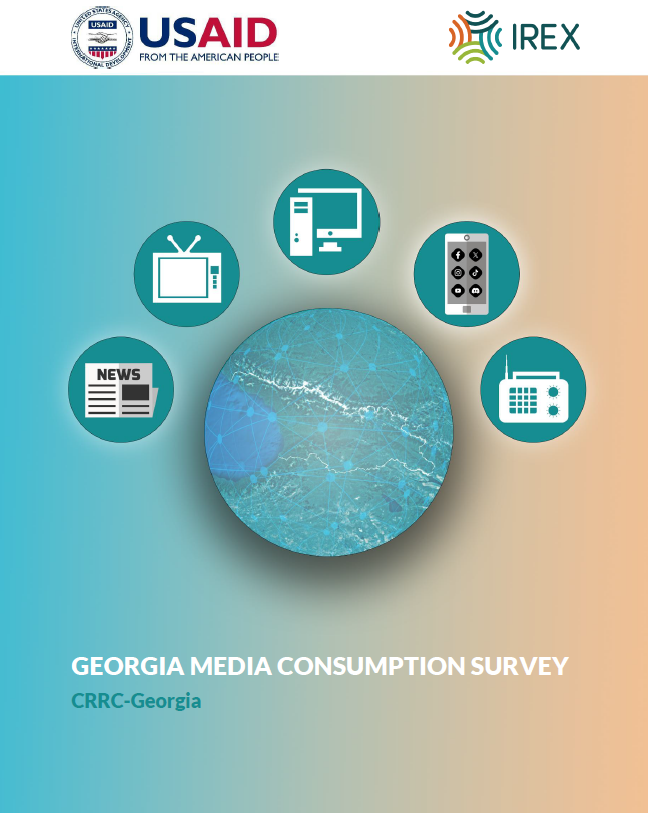Government expenditure on healthcare can be an indicator of a government’s commitment to the health of its citizens. It is also important for the sustainability of health programmes. Nevertheless, the total health expenditure in all three countries of the South Caucasus is dominated by private spending, including prepaid plans and “out-of-pocket” (on the spot) payments. This blog provides a brief overview of the patterns of government spending on healthcare in the South Caucasus during recent years. The blog also links these patterns to data from the 2012 Caucasus Barometer (CB) about assessments of health, satisfaction with health, and trust in the health system.
Total expenditure on health as a percentage of GDP provides information on the level of resources invested in health relative to a country’s overall wealth. In developed countries, government spending on healthcare accounts for approximately 10% of gross domestic product (GDP) or more. This percentage of resources pooled by the government is comparatively lower in the South Caucasus. It accounted for as much as 9.9% of the total GDP in Georgia, 4.3% in Armenia and 5.2% in Azerbaijan, according World Health Organization data from 2011.
Total expenditure on health is distributed between private and government expenditures, which are also unequal across the globe. In more than half of low income countries, government expenditure on health is less than 50% of total health expenditure. Where health spending is comparatively lower in general, the shortfall is made up by private spending. This can also be observed in the South Caucasus where the private amount paid for health services dominates the expenditure (reaching around 78% in Georgia and Azerbaijan, and more than 64% in Armenia). Most of the private expenditure on health in all three countries is so-called “out-of-pocket” – made by patients to both public and private providers at the time of receiving health services. Despite the fact that this method of payment can result in financial catastrophe for individuals or households, in each country in the South Caucasus “out-of-pocket” expenses amounted to 89% of total private expenditure on health.
Despite more substantial budgetary allocations to citizens’ healthcare by the government in Georgia, compared to Armenia, the CB shows that trust in the healthcare system in these two countries is almost the same (39% and 38%, respectively-“Fully trust” and “Somewhat trust” combined). Azerbaijanis’ trust in the healthcare system is the highest among the three countries, amounting to 51%. Considering the self-evaluation of one’s health, around half of the adult Azerbaijani population rates their health as good or very good. Again, this rate is lower in Georgia and Armenia, where only about one-third of these societies think they have good health. Interestingly, these numbers are again similar despite the fact that the Armenian government has larger health expenditure than the Georgian government.
Private expenditure still dominates the healthcare expenditure in the South Caucasus. Given that large parts of these populations are poor and cannot afford to spend much on healthcare, low levels of government spending on health might have an impact on the health of citizens. Nevertheless, a higher share of government health expenditure does not necessary directly influence the quality of a healthcare system, or an individual’s level of trust or self-assessment of health. Thus, other factors ought to be taken in consideration such as evolving purchasing power parity, the general price of healthcare, or remittances.
For more information on this topic, you are welcome to visit our Caucasus Barometer database.















